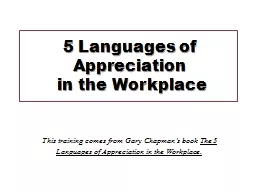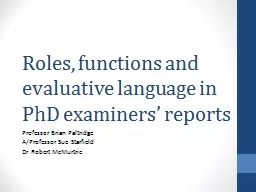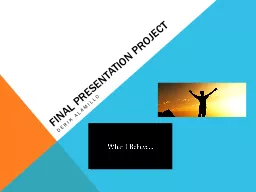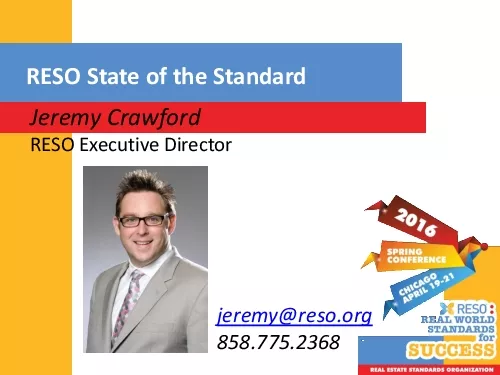PPT-5 Languages of Appreciation
Author : lindy-dunigan | Published Date : 2016-09-09
in the Workplace This training comes from Gary Chapmans book The 5 Languages of Appreciation in the Workplace 5 Languages of Appreciation Words of Affirmation
Presentation Embed Code
Download Presentation
Download Presentation The PPT/PDF document "5 Languages of Appreciation" is the property of its rightful owner. Permission is granted to download and print the materials on this website for personal, non-commercial use only, and to display it on your personal computer provided you do not modify the materials and that you retain all copyright notices contained in the materials. By downloading content from our website, you accept the terms of this agreement.
5 Languages of Appreciation: Transcript
Download Rules Of Document
"5 Languages of Appreciation"The content belongs to its owner. You may download and print it for personal use, without modification, and keep all copyright notices. By downloading, you agree to these terms.
Related Documents













![[EPUB] - Best Math Teacher Ever: Blank Lined Journal Notebook Appreciation Thank You](https://thumbs.docslides.com/907137/epub-best-math-teacher-ever-blank-lined-journal-notebook-appreciation-thank-you-gift-for-math-teachers-teacher-appreciation-t.jpg)
